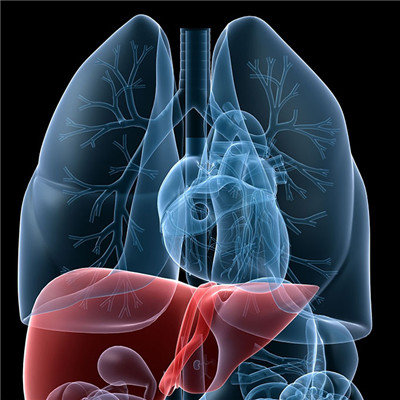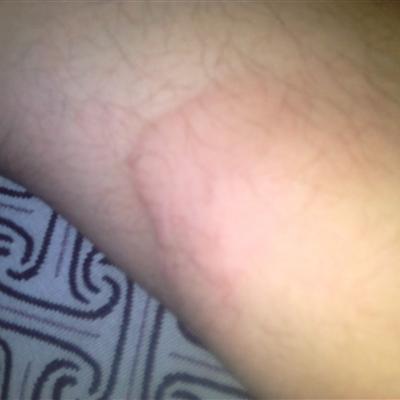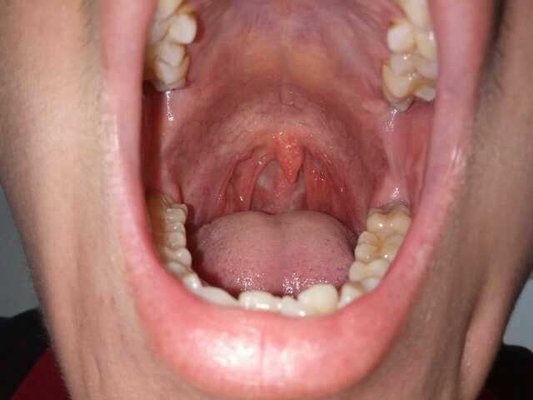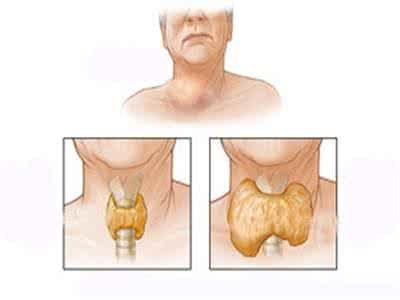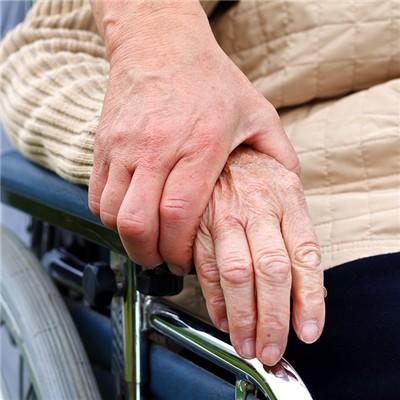Second degree type 1 atrioventricular block symptoms?
summary
Second degree type 1 atrioventricular block is a serious arrhythmia. Second degree atrioventricular block is a partial conduction interruption in the process of electrical stimulation from atrium to ventricle, that is, ventricular leakage phenomenon, which can be accompanied by atrioventricular conduction delay. Second degree atrioventricular block can be divided into two types: ① in second degree type I (wenckner type), the ECG showed that the PR interval gradually extended until the QRS complex fell off (P wave could not be transmitted), the RR interval gradually shortened until a P wave could not be transmitted, and the RR interval including blocked P wave was less than twice of the normal sinus PP interval, The degree of atrioventricular block is usually expressed by the ratio of P wave number to P wave number. ② In second degree type Ⅱ (Mohs type), the PR interval was fixed, one or more ventricular missed beats occurred every one or several cardiac cycles, and the PR interval of the next cardiac cycle could be normal or prolonged. The more times of ventricular leakage, the slower the ventricular rate and the worse the prognosis. Second degree type 1 atrioventricular block symptoms? Let's talk about it
Second degree type 1 atrioventricular block symptoms?
It depends on the degree of conduction block and the speed of ventricular rate. When the degree of block is light, there is little ventricular leakage, little effect on hemodynamics, no obvious symptoms, or only palpitation. If the heart rate slows down to below 50 beats / min due to more ventricular leakage, dizziness, weakness, decreased blood pressure and other symptoms of decreased cardiac output may appear.
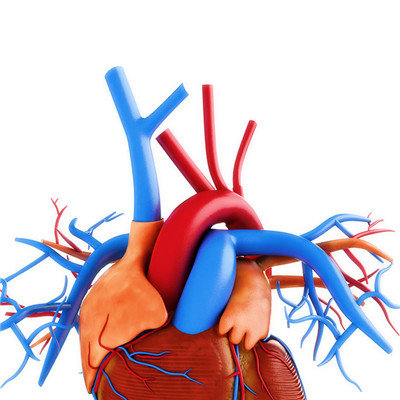
The most common is the occasional interval in a series of regular heart beats, and there is no early beat before the interval. During auscultation, due to the change of the relationship between atrium and ventricle, the first heart sound may vary in strength, and the heart sound and pulse may leak.
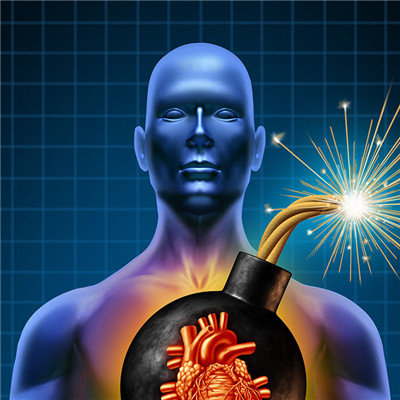
When atrioventricular block is 3:2, the heart sound and pulse can be similar to the biphasic rhythm formed by premature contraction. 2: 1 block was accompanied by slow and regular heart rate.
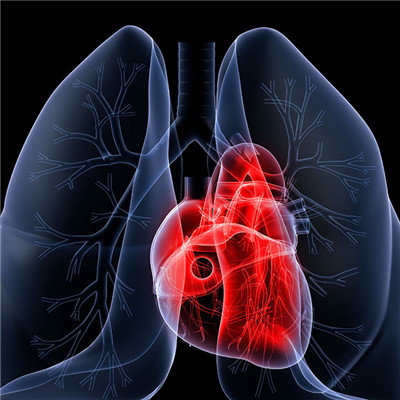
matters needing attention
Second degree type 1 atrioventricular block should be checked regularly. 1. Avoid excessive calorie intake and maintain standard weight; 2. Avoid high fat, high cholesterol food such as animal viscera, animal oil, egg yolk, crab, fish roe, etc., low salt diet, protein intake should not be excessive; 3. No smoking and drinking, no strong tea and coffee, no spicy food, less food that can cause abdominal flatulence, such as raw radish, cabbage, leek, onion, etc;

